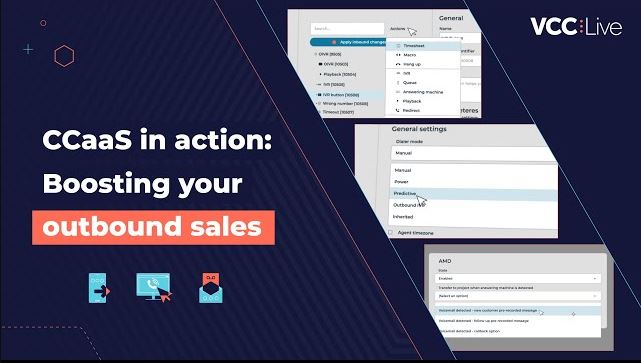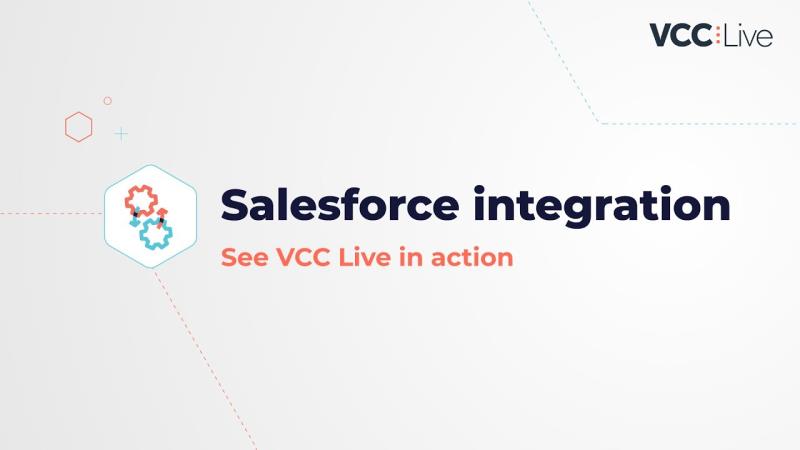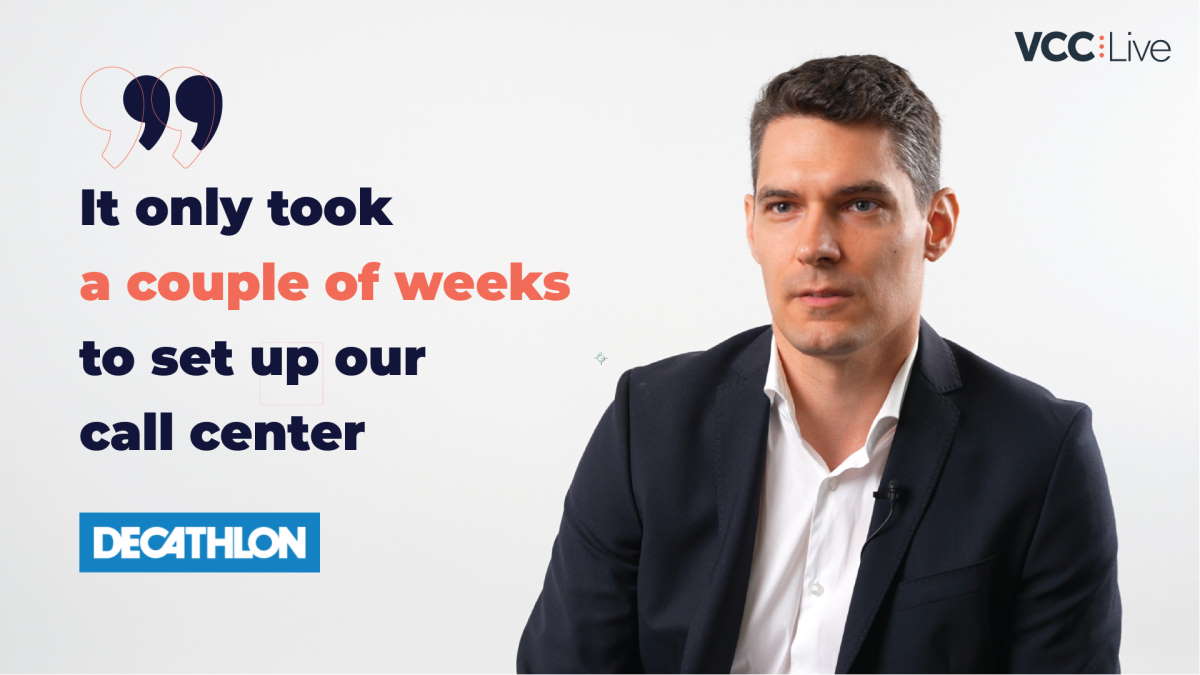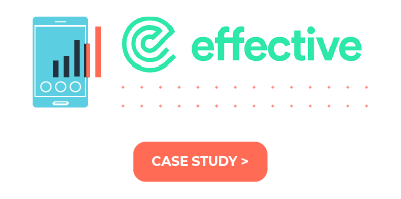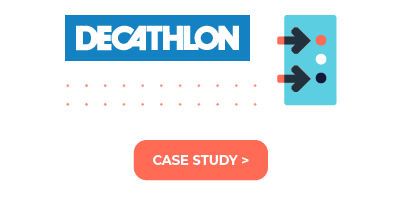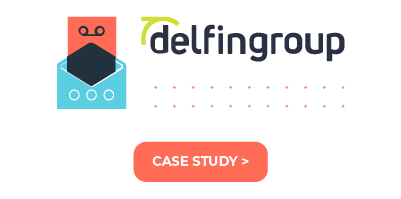As many organizations put increasingly more emphasis on perfecting their customer experience efforts, call abandonment rate can serve as a useful indicator for them. Measured for inbound processes, this metric reflects on your agents’ productivity, resource management, the quality of your IVR, and a lot more.
Read on to learn more about this KPI and how you can improve it in your contact center.
Definition
Call abandonment rate is a KPI in the contact center industry that measures the percentage of inbound calls that are terminated by the caller before reaching an agent or receiving any service. A high call abandonment rate may indicate issues such as long wait times, complicated IVR menus or a poor call queuing process.
|
Call abandonment rate formula
This KPI is calculated by dividing the number of abandoned calls by the total number of incoming calls and expressing the result as a percentage.
| Call abandonment rate = [ |
Number of abandoned calls |
] * 100 |
| Total number of incoming calls |
The components are:
- Number of abandoned calls: This is the count of incoming calls that are terminated by the caller before reaching an agent or receiving service.
- Total number of incoming calls: This represents the sum of all incoming calls, including those that were answered by agents, those that were abandoned, and any other calls received by the contact center during a specific period.
Let’s look at an example of how measuring and understanding your call abandonment rate can help you improve your contact center.
A real-life scenario of improving call abandonment rate
Imagine a hypothetical contact center for a telecommunications company dealing with customer inquiries, service requests and providing technical support regarding products and services. The management team is keen on monitoring the call abandonment rate to assess and improve the overall performance of the contact center.
The contact center records data over a month, tracking the number of abandoned calls and the total number of incoming calls each day. Let’s assume the following for said month’s results:
- Number of abandoned calls: The incoming calls that were terminated by the callers before they reached an agent. This month, there were 640 abandoned calls.
- Total number of incoming calls: The sum of all incoming calls that the company received. Let’s assume there were 8,000 incoming calls altogether.
At the end of the month, the management team calculates the call abandonment rate using the formula mentioned above.
| Call abandonment rate = [ |
640 |
] * 100 |
| 8000 |
The calculated call abandonment rate is determined to be 8%. The management team interprets the rate in the context of other performance metrics and customer feedback. They notice that the rate increased during specific time slots, indicating potential issues during peak hours. Further analysis reveals that long wait times during peak hours contributed to the higher abandonment rate. Customers were disconnecting due to frustration from extended hold times.
The contact center takes proactive measures to address the issue. This includes optimizing staffing levels during peak hours, implementing additional self-service options, and providing transparent communication about expected wait times. Over the next month, the contact center continues to track the call abandonment rate. The rate decreases to 5%, indicating that the implemented measures have positively impacted customer satisfaction and reduced the likelihood of calls being abandoned.
The contact center remains vigilant, using call abandonment rate as an ongoing performance metric. They regularly review and adjust operational strategies to maintain a balance between resources and demand, ensuring a positive customer experience.
|
Why measuring call abandonment rate matters
Measuring call abandonment rate is crucial for several reasons, and it holds significant implications for the overall performance and success of a contact center. Here are some key reasons why call abandonment rate matters:
High call abandonment rates often indicate frustrated customers who choose to end their calls before receiving assistance. Monitoring this metric allows contact centers to identify and address issues affecting customer satisfaction.
- Service quality assessment
Call abandonment rate serves as a valuable indicator of the contact center’s ability to deliver timely and efficient service. A low abandonment rate suggests that customers are successfully connecting with agents, reflecting positively on service quality.
By tracking call abandonment rates, contact centers can optimize their operational efficiency. This includes adjusting staffing levels, refining call routing strategies, and implementing technology solutions to reduce wait times and minimize abandoned calls.
Understanding call abandonment rates helps contact centers allocate resources effectively. By matching the workforce with call volume patterns, they can ensure that there are enough agents available to handle incoming calls, particularly during peak hours.
High call abandonment rates may lead to inefficiencies and increased costs for contact centers. For instance, if customers frequently abandon calls due to long wait times, the center may need to overstaff to compensate, driving up operational expenses.
- Service Level Agreements (SLAs)
Call abandonment rate is a key consideration when defining SLAs. Contact centers need to set realistic service targets that balance customer expectations with their operational capabilities.
Measuring call abandonment rate is part of a broader strategy for continuous improvement. Contact centers can use the data to implement changes, track the impact of interventions, and refine their processes over time.
Excessive call abandonment may contribute to a negative customer experience, potentially leading to customer dissatisfaction and even attrition. Monitoring and managing call abandonment rates are essential for retaining customers and building long-term relationships.
Contact centers that effectively manage call abandonment rates are better positioned to provide superior customer service. This can be a competitive differentiator, attracting and retaining customers in a market where customer experience is a key differentiator.
Of course, the extent of focus your business should put on improving your call abandonment rate depends on the industry you’re in. Let’s look at some businesses where this KPI is especially important – and some where it can be less of a focus.
Is call abandonment rate an important metric for your business?
|
Contact centers that should focus on their call abandonment rate
Customer-centric industries: Contact centers in industries where customer satisfaction and experience are paramount, such as retail, telecommunications, and e-commerce, should prioritize call abandonment rate. High abandonment rates can indicate customer dissatisfaction and impact loyalty.
High-volume service centers: Contact centers that handle a high volume of customer inquiries, such as those in utilities, financial services, or healthcare, should pay close attention to call abandonment rates. Efficient call handling is critical in these sectors to meet customer needs promptly.
Sales and support centers: Contact centers with a focus on sales or complex customer support may want to prioritize call abandonment rates. In these cases, customers may abandon calls if they encounter obstacles or delays in receiving assistance.
Competitive markets: In competitive markets where customer experience is a differentiator, contact centers should emphasize call abandonment rates to ensure they are providing a seamless and efficient service compared to competitors.
Contact Centers with SLAs: If the contact center operates under specific Service Level Agreements (SLAs) that include commitments to answer calls within certain time frames, they should closely monitor and manage call abandonment rates to meet these obligations.
Contact centers where call abandonment rates are less important
Transactional centers: Contact centers primarily focused on transactional tasks, such as order processing or straightforward information retrieval, may place less emphasis on call abandonment rates. These centers might prioritize other efficiency metrics.
Outbound sales centers: Contact centers primarily engaged in outbound sales calls might prioritize metrics such as conversion rates rather than call abandonment rates. Outbound centers often have different performance indicators.
Specialized support centers: Contact centers that provide specialized support services where customers rarely need to call (due to the nature of the product or service) may allocate less focus to call abandonment rates.
Task-oriented centers: Centers focused on handling specific tasks through channels like email, chat, or self-service options may find call abandonment rates less relevant. The primary communication channels can guide performance metrics.
Emergency or crisis response centers: In emergency response or crisis management centers, where the focus is on resolving urgent situations rather than call abandonment rates, priorities may be different.
|
Ultimately, the decision to prioritize or de-prioritize call abandonment rate depends on the specific goals, objectives, and operational context of each contact center. It’s important to align performance metrics with the organization’s overall strategy and customer service priorities.
Industry benchmarks
Call abandonment rate benchmarks can vary across industries and depend on factors such as the nature of the business, customer expectations, and the specific goals of the contact center. An acceptable call abandonment rate is typically considered to be in the range of 2% to 5%. A rate within this range suggests that the contact center is effectively managing call flow, minimizing wait times, and meeting customer expectations.
In industries where customer service is a primary focus, such as telecommunications or retail, call abandonment rates at the lower end of the spectrum (closer to 2%) may be more common.
High-volume call centers, such as those in financial services or utilities, may experience slightly higher call abandonment rates, often ranging from 5% to 8%. Managing expectations and optimizing processes become crucial in such environments.
During peak hours or busy periods, call abandonment rates may temporarily increase. However, maintaining a rate within the acceptable range even during peak times is a goal for many contact centers.
Call abandonment rate is often considered in the context of SLAs. The agreed-upon SLAs between the contact center and the organization it serves should align with realistic expectations for call abandonment rates.
Typical contact center mistakes affecting your call abandonment rate
Reducing call abandonment rates requires a strategic and well-rounded approach. However, there are common mistakes that contact centers may make that can contribute to higher call abandonment rates or hinder effective management. Here are some typical mistakes to avoid:
Insufficient staffing
Mistake: Underestimating call volume and having insufficient staff can lead to long wait times and increased abandonment rates.
Solution: Implement accurate forecasting and scheduling to align staffing levels with expected call volumes, especially during peak hours.
Ineffective call routing
Mistake: Poorly designed call routing strategies may result in calls being directed to the wrong agents, causing confusion and frustration.
Solution: Implement intelligent call routing systems based on customer needs and agent skills to ensure efficient call distribution.
Complex IVR systems
Mistake: Overly complex IVR systems with confusing menu options can frustrate callers and contribute to higher abandonment rates.
Solution: Simplify and streamline IVR menus, making it easy for callers to navigate and quickly reach the appropriate destination.
Lack of self-service options
Mistake: Failing to offer self-service options may force customers to wait in line for assistance, increasing the likelihood of abandonment.
Solution: Implement robust self-service options to allow customers to find information or perform tasks without agent assistance.
Inadequate training for agents
Mistake: Agents who lack sufficient training may struggle to handle customer inquiries efficiently, leading to longer call durations and increased abandonment rates.
Solution: Invest in comprehensive training programs to equip agents with the skills and knowledge needed to address customer needs effectively.
Failure to communicate wait times
Mistake: Failing to communicate estimated wait times can leave customers in the dark, leading to frustration and increased abandonment rates.
Solution: Implement systems to provide transparent information about expected wait times, giving customers the option to proceed or choose an alternative.
Ignoring customer feedback
Mistake: Neglecting customer feedback regarding abandoned calls prevents the identification of specific issues and areas for improvement.
Solution: Regularly gather and analyze customer feedback, paying attention to the reasons for call abandonment, and use this information to make targeted improvements.
Inadequate technology solutions
Mistake: Using outdated or insufficient technology may hinder the contact center’s ability to manage calls efficiently and meet customer expectations.
Solution: Invest in modern technology solutions, such as predictive dialers, call-back options, and AI applications, to enhance operational efficiency.
Inflexible SLAs
Mistake: Setting unrealistic or inflexible Service Level Agreements (SLAs) can create pressure on agents and contribute to higher abandonment rates.
Solution: Align SLAs with the contact center’s capabilities, considering factors such as call volume, agent availability, and customer expectations.
Failure to monitor and adapt
Mistake: Neglecting to monitor call abandonment rates and adapt strategies based on changing circumstances can lead to prolonged issues.
Solution: Implement regular monitoring and analysis of call abandonment rates, adjusting operational strategies as needed to address evolving challenges.
By avoiding these common mistakes and adopting proactive strategies to manage call abandonment rates, contact centers can create a more positive customer experience and improve overall operational efficiency. Regularly assessing performance metrics and customer feedback allows for ongoing refinement and optimization of call center processes.
Monitor your call abandonment rate regularly
A high call abandonment rate can indicate all sorts of issues in your contact center. It’s a good idea to track multiple KPIs at the same time to see if one part of your operation has affected multiple metrics, and make changes accordingly.
If you opt for a real-time dashboard that is highly customizable, you’ll be able to oversee your most important numbers at a glance and make quick decisions on what needs to be done to improve your contact center’s performance.
